15 years one-stop China custom CNC machining parts factory
Home / Product / Stainless Steel Parts /
Choose us as your stainless steel CNC machining manufacturer, you can rest assured. We use different processes combined with CNC machining to meet your needs. Available in a variety of stainless steel materials, strict quality control processes are carefully monitored at each step to ensure stainless steel CNC parts meet the highest industry standards for performance and durability.
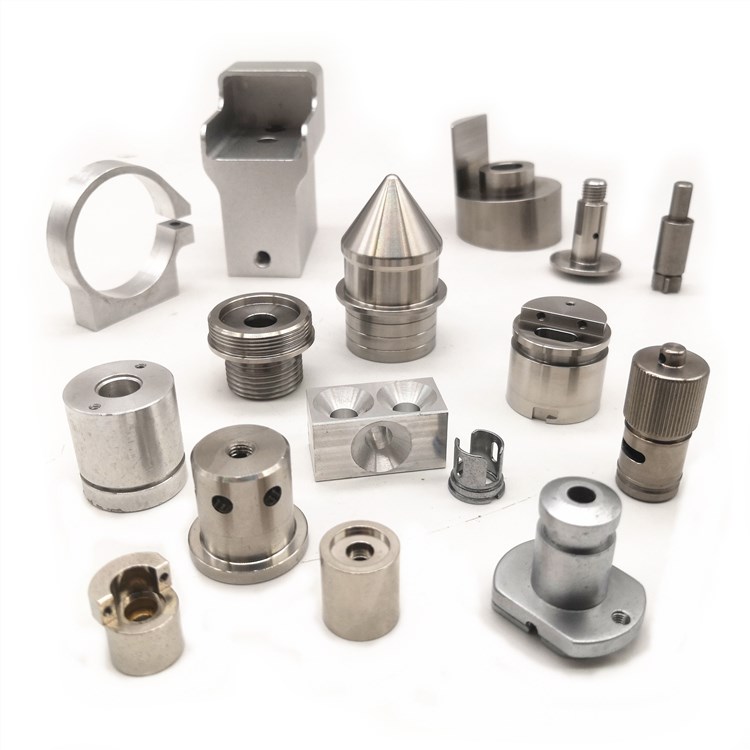
Product Specification:
Custom High Quality CNC Stainless Steel Turned Parts Manufacturers
13 years |
1 day |
0 pc |
90% |
|
Experience |
Lead time |
MOQ |
Countries customers |
Custom CNC Stainless Steel Turned Parts Services Manufacturer
|
Do you need high quality custom CNC stainless steel turned parts? We are a leading manufacturer specializing in first class Stainless Steel CNC Prototyping, Swiss CNC Turning, CNC Machining and CNC Milling services. With a variety of stainless steel materials and finishes, we are committed to delivering precision parts to your exact specifications. Whether you require complex geometries, intricate details or tight tolerances, our CNC turning process ensures the highest level of precision and consistency. |
Custom CNC Stainless Steel Turned Parts Prototyping TurningWhen it comes to prototyping stainless steel parts, we have CNC machining, Swiss CNC turning, CNC milling machines to produce small and complex custom CNC stainless steel turned parts with complex geometries and tight tolerances for you, ensuring consistent quality and dimensional accuracy. We can transform your design ideas into physical prototypes. CNC prototyping enables rapid iteration, allowing you to refine designs and evaluate functionality before mass production. |
|
|
|
|
||
Custom CNC Stainless Steel Turned Parts Surface Treatment |
Custom CNC Stainless Steel Turned Parts Material |
||
|
In addition to material selection, we offer a variety of surface treatments to enhance the functionality and aesthetics of stainless steel turned parts. From passivation and electropolishing to sandblasting and powder coating, we offer a full range of surface preparations to meet your required specifications. These treatments not only improve the appearance of the part, but also provide additional protection against corrosion and wear. |
We understand that different applications require different stainless steel materials. We offer a variety of stainless steel alloys to choose from. Whether you need excellent corrosion resistance, high strength or excellent machinability, we have the right material for your project. Our experts can guide you in selecting the best stainless steel grade for your specific application needs. |
|
When custom CNC stainless steel turned parts, we are your go-to manufacturer for precision and quality. With our expertise in stainless steel CNC prototype machining, Swiss CNC turning, and CNC milling, combined with a wide range of materials and surface treatments, we can bring your design concepts to life. Experience the ultimate solution for precision manufacturing by partnering with us today. |
|
When customizing CNC stainless steel turned parts, material selection plays a vital role in determining the performance, durability and suitability of the final product. Different grades of stainless steel have different properties that make them suitable for specific applications. Common CNC turned stainless steel materials include 303, 304, 316, 420, 430, 440C and 630. Knowing the characteristics of each material will help in choosing the most suitable option for your custom CNC stainless steel turned part.
Stainless steel is an alloy composed of iron, chromium, and other elements that provide excellent corrosion resistance, strength, and versatility. The selection of the right stainless steel grade for CNC turning depends on the specific application, environmental conditions, and required properties. |
|
|
303 CNC Stainless Steel Turned Parts
303 Stainless Steel 303 stainless steel is a free-machining grade that offers excellent machinability, making it suitable for CNC turning operations. It contains sulfur, which enhances its machinability but reduces its corrosion resistance compared to other stainless steel grades. It is commonly used in applications that require easy machining and moderate corrosion resistance.
|
|
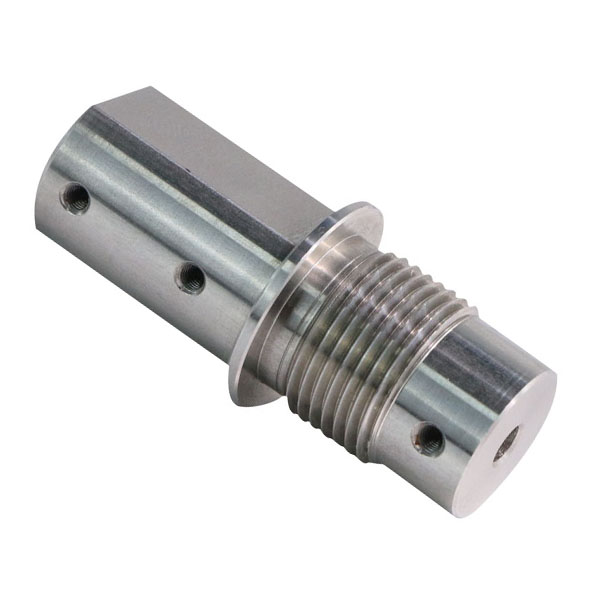
|
|
304 CNC Stainless Steel Turned Parts
304 Stainless Steel 304 stainless steel is one of the most commonly used stainless steel grades. It offers good corrosion resistance, high ductility, and excellent formability. It is suitable for a wide range of applications, including CNC turning parts that require good overall performance and corrosion resistance in non-severe environments.
|
|
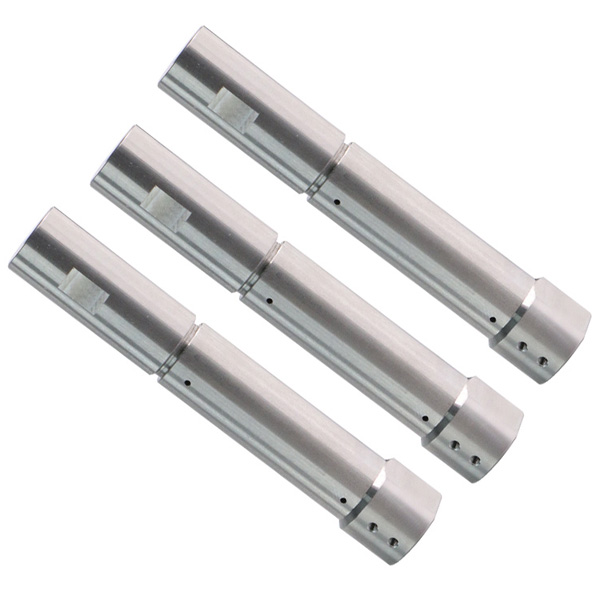
|
|
316 CNC Stainless Steel Turned Parts
316 Stainless Steel 316 stainless steel is known for its superior corrosion resistance, particularly in environments with high chloride exposure or marine conditions. It offers excellent strength and toughness, making it suitable for CNC turning parts in harsh or corrosive environments. It is commonly used in marine equipment, chemical processing, and medical applications.
|
|
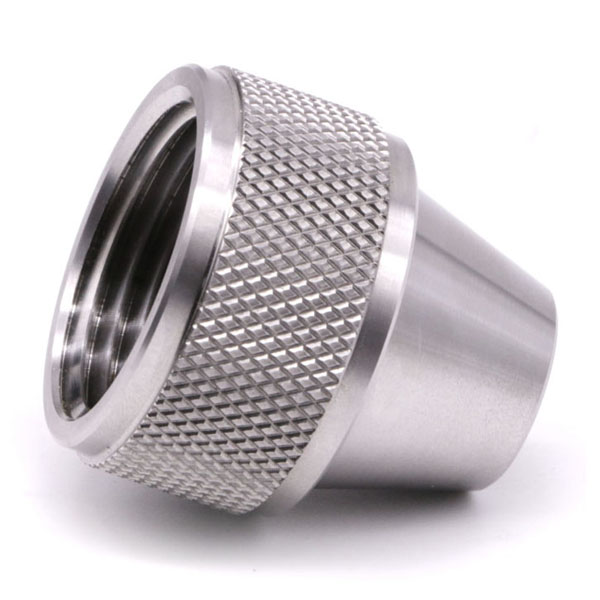
|
|
420 CNC Stainless Steel Turned Parts
420 Stainless Steel 420 stainless steel is a martensitic grade that offers good corrosion resistance and high hardness. It is often used for CNC turning parts that require high wear resistance and moderate corrosion resistance, such as surgical instruments, blades, and molds. It can be hardened through heat treatment to further enhance its mechanical properties.
|
|
|
|
430 CNC Stainless Steel Turned Parts
430 Stainless Steel 430 stainless steel is a ferritic grade that provides good corrosion resistance in mildly corrosive environments. It offers good formability and is often used for decorative purposes, such as trim and appliances. While it is not as corrosion-resistant as austenitic grades, it is suitable for CNC turning parts in less demanding environments.
More Details>> |
|
|
|
440C CNC Stainless Steel Turned Parts
440C Stainless Steel 440C stainless steel is a high-carbon martensitic grade known for its excellent hardness, wear resistance, and corrosion resistance. It is commonly used for CNC turning parts that require exceptional hardness and corrosion resistance, such as bearings, valves, and cutting tools. It offers good dimensional stability and retains its properties even at high temperatures.
|
|
|
|
630 CNC Stainless Steel Turned Parts
630 Stainless Steel 630 stainless steel, also known as 17-4 PH, is a precipitation-hardening grade with a combination of high strength, corrosion resistance, and excellent mechanical properties. It is suitable for CNC turning parts that require high strength, good corrosion resistance, and resistance to stress corrosion cracking. It finds applications in aerospace, petrochemical, and food processing industries.
|
|
| Custom CNC stainless steel turning parts can be manufactured using various stainless steel grades, each offering unique properties and advantages. Understanding the characteristics of different grades, such as 303, 304, 316, 420, 430, 440C, and 630, is crucial in selecting the most suitable material for your specific application. By considering the intended use, environmental conditions, and required properties, you can ensure the optimal performance and durability of your custom CNC stainless steel turning parts. |
|
Surface treatments play a vital role in enhancing the function, aesthetics and durability of custom CNC stainless steel turned parts. Different surface treatments can provide unique finishes and properties, allowing your workpiece to achieve the desired look and performance. Common surface treatments for custom CNC stainless steel turned parts include passivation, electropolishing, brushing, mirror polishing, and plating.
|
|
1. Passivation
Passivation is a widely used surface treatment for stainless steel turning parts. It involves the removal of contaminants and free iron from the surface, creating a passive oxide layer that improves corrosion resistance. Passivation enhances the stainless steel's ability to resist rust and staining caused by exposure to moisture and corrosive substances. |
|
|
2. Electropolishing
Electropolishing is an electrochemical process that removes a thin layer of material from the stainless steel surface. It provides several benefits, including improved surface finish, enhanced corrosion resistance, and reduced micro-roughness. Electropolishing can also remove embedded contaminants, resulting in a clean and smooth surface. |
|
|
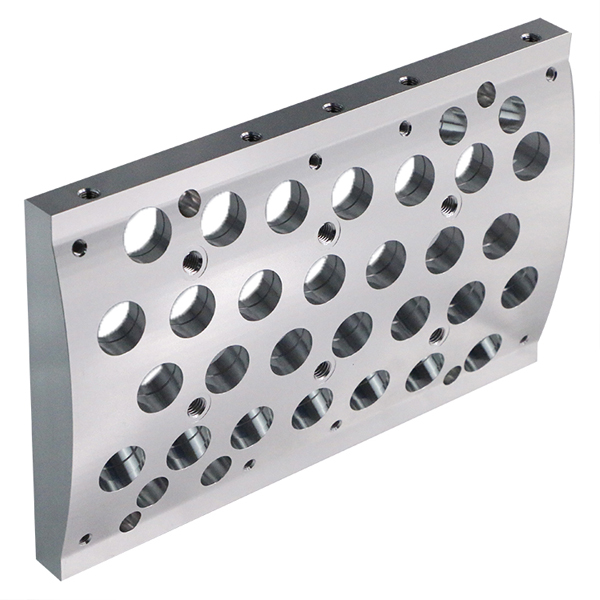
|
3. Brushing
Brushing, also known as satin finishing or linear graining, is a surface treatment that creates a textured pattern on the stainless steel surface. It involves the use of abrasive materials to create parallel lines or circular patterns, giving the workpiece a distinctive and visually appealing appearance. Brushing can help hide scratches and fingerprints, making it suitable for applications where aesthetics are important. |
|
|
|
4.Mirror Polishing
Mirror polishing, also called a high polish or a specular finish, produces a reflective and mirror-like surface on the stainless steel workpiece. This process involves progressively finer abrasives to remove imperfections and achieve a flawless surface. Mirror polishing enhances the aesthetics of the part, giving it a sleek and professional look. |
|
|
|
4. Electroplating
Electroplating is a surface treatment method that involves depositing a layer of metal onto the stainless steel workpiece using an electrochemical process. This treatment can provide various functional and decorative benefits, including improved corrosion resistance, increased hardness, enhanced conductivity, and the ability to apply different finishes such as gold, silver, or chrome. |
|
|

|
Surface treatments are essential for custom CNC stainless steel turning parts to enhance their performance, appearance, and longevity. Passivation improves corrosion resistance, electropolishing creates a smooth and clean surface, brushing adds texture and visual appeal, mirror polishing produces a reflective finish, and electroplating offers functional and decorative advantages. By selecting the appropriate surface treatment, you can achieve the desired characteristics for your stainless steel workpieces, ensuring they meet your specific requirements. |
|
Custom CNC stainless steel turning parts are essential components used in various industries, and their manufacturing process requires precision, expertise, and attention to detail. This article will guide you through the typical manufacturing process involved in creating these high-quality parts.
The manufacturing process for custom CNC stainless steel turning parts involves transforming raw materials into finished components with tight tolerances and desired specifications. This process combines engineering, machining, and quality control to ensure the parts meet the required functionality and standards. |
| Due to the signed confidentiality agreement, the following picture is not the production process of this part, it is for reference only: |
|
1. Design and Prototyping
Design and Prototyping: The process begins with the design and engineering phase. This involves creating a detailed blueprint or 3D model of the desired part, taking into account its intended use, dimensions, tolerances, and any specific features or requirements. Computer-aided design (CAD) software is often used to create the digital representation of the part. |

|
2. Material Selection
Material Selection: Once the design is finalized, the appropriate stainless steel material is selected based on factors such as the part's application, required mechanical properties, corrosion resistance, and budget. Common stainless steel grades used for CNC turning include 303, 304, 316, 420, 430, 440C, and 630. |
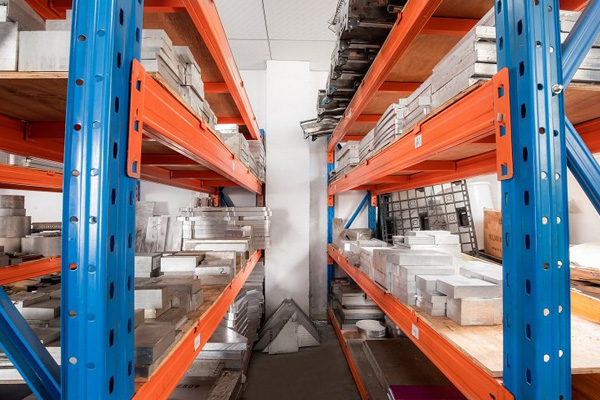
|
3. CNC Machining
CNC Machining: With the set-up complete, the CNC turning process begins. The machine precisely rotates the workpiece while the cutting tools remove material to shape it according to the programmed instructions. The turning process involves operations such as facing, grooving, threading, and contouring to achieve the desired geometry and surface finish. |
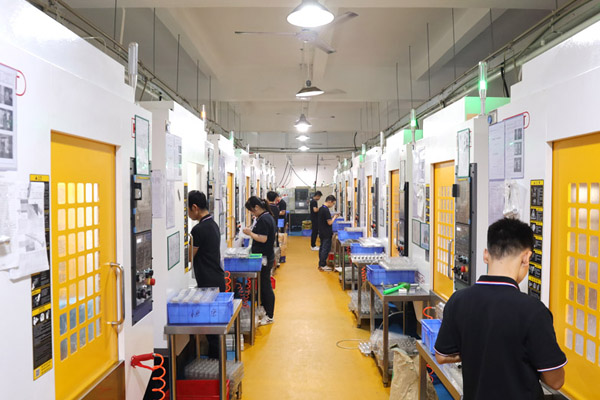
|
4. Quality Control and Inspection
Quality Control and Inspection: Quality assurance is an integral part of the manufacturing process. Skilled inspectors use measuring tools such as calipers, micrometers, and coordinate measuring machines (CMMs) to ensure that the parts meet the specified tolerances and dimensional accuracy. They also perform visual inspections to identify any surface defects or irregularities. |
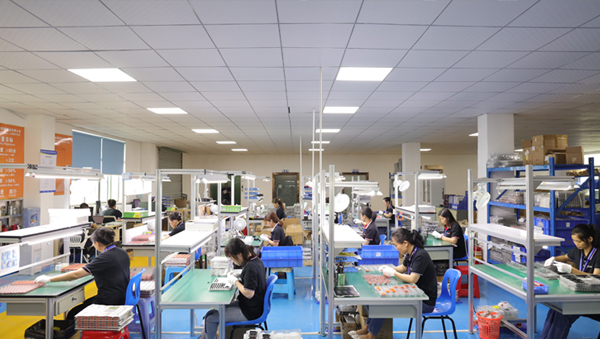
| Quality Testing Equipment |
|
|
|
|
||
|
|
|
|
||
|
|
|
|
||
|
5. Finishing and Surface Treatment
Finishing and Surface Treatment: After the turning process, the parts may undergo finishing operations to remove any remaining burrs or sharp edges. Additionally, surface treatments like passivation, electropolishing, or coating may be applied to enhance the parts' corrosion resistance, appearance, or functional properties. |
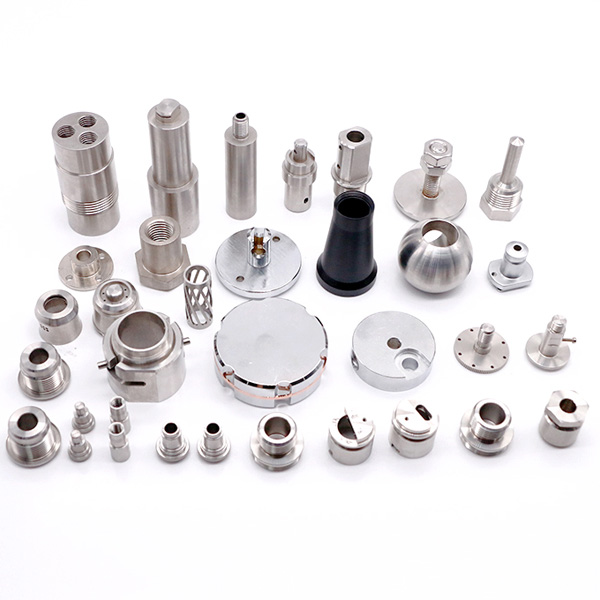
|
7. Final Inspection and Packaging
Final Inspection and Packaging: Once the finishing and surface treatment processes are complete, a final inspection is conducted to verify the overall quality and adherence to specifications. This includes checking the dimensions, surface finish, and any specific requirements defined in the design phase. The approved parts are then carefully packaged to ensure protection during transportation and storage. |

|
The manufacturing process for custom CNC stainless steel turning parts involves several crucial steps, from design and engineering to CNC programming, turning, quality assurance, and finishing. Each phase requires skilled professionals, precise machinery, and stringent quality control measures to deliver parts that meet the highest standards of accuracy, functionality, and durability. |
|
Quality inspection reports are an important tool to ensure the quality and precision of your CNC turning work. We can provide a comprehensive overview of the finished product with a detailed test report on material and product performance, either from an in-house auditor or a third-party laboratory. Ensure finished product meets all customer requirements. |
|
Qualify Evaluation Report
For each order we receive, we can provide a list of quality inspection reports according to your processing requirements.
Inspection report
Certificate
ISO 9001:2015 IATF 16949:2015 ROHS Directive 12 patent certifications
|
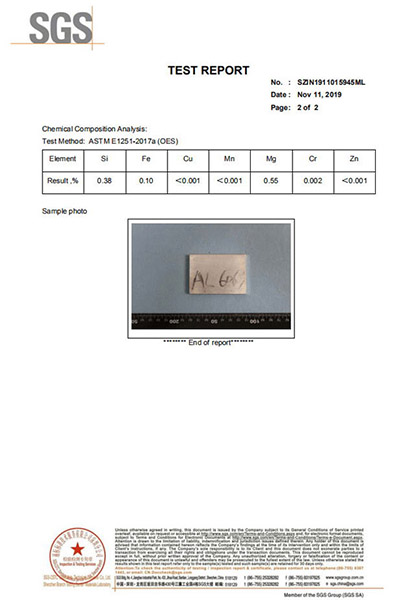 |
|
|
Custom CNC Stainless Steel Turned Parts FAQs
|
Here are some commonly asked questions about custom CNC stainless steel turning parts and their manufacturing process:
1. Can I request custom designs for CNC stainless steel turning parts?
Yes, custom designs can be requested for CNC stainless steel turning parts. Experienced manufacturers can work with your specifications to create parts that meet your unique requirements.
2. What are the advantages of using CNC stainless steel turning parts?
CNC stainless steel turning parts offer several advantages, including high precision, excellent mechanical properties, corrosion resistance, and the ability to produce complex shapes and features.
3. What is the typical lead time for manufacturing custom CNC stainless steel turning parts?
The lead time for manufacturing custom CNC stainless steel turning parts can vary depending on factors such as part complexity, quantity, and the manufacturer's workload. It is best to discuss the specific lead time with the manufacturer.
4. Can CNC stainless steel turning parts be used in high-temperature applications?
Yes, stainless steel is known for its excellent heat resistance, making CNC stainless steel turning parts suitable for high-temperature applications where other materials may deform or degrade.
5. How do I ensure the quality of custom CNC stainless steel turning parts?
To ensure the quality of custom CNC stainless steel turning parts, work with reputable manufacturers who have extensive experience in CNC machining. Additionally, request material certifications, inspection reports, and perform dimensional checks to verify the parts' quality.
6. Can I specify surface treatments for CNC stainless steel turning parts?
Yes, you can specify surface treatments for CNC stainless steel turning parts based on your desired finish, corrosion resistance, or functional requirements. Surface treatments such as passivation, electropolishing, and coating can be applied to enhance the parts' properties.
7. What tolerances can be achieved with CNC stainless steel turning parts?
CNC stainless steel turning parts can achieve tight tolerances, typically within a few thousandths of an inch or even tighter, depending on the part's complexity and size. Consult with the manufacturer to determine the achievable tolerances for your specific parts.
8. Can CNC stainless steel turning parts be produced in small quantities?
Yes, CNC machining allows for the cost-effective production of both small and large quantities of custom stainless steel turning parts. Manufacturers can accommodate various production volumes based on your specific needs.
9. What industries commonly use CNC stainless steel turning parts?
CNC stainless steel turning parts find applications in various industries, including aerospace, automotive, medical, electronics, telecommunications, and many others. These parts are used in components such as fittings, connectors, valves, and specialized machinery.
10. Can I provide my own stainless steel material for CNC turning?
Yes, some manufacturers may allow you to provide your own stainless steel material for CNC turning. However, it's important to ensure that the material meets the required specifications and quality standards. |
| If you have any additional questions about custom CNC stainless steel turning parts or their manufacturing process, feel free to reach out to a reputable manufacturer who can provide further guidance and assistance. |
 Related suggestion
Related suggestionGive us a call or send an inquiry to our emailbox, we will answer your doubts according to your customers' requirements, and quote you immediately.
